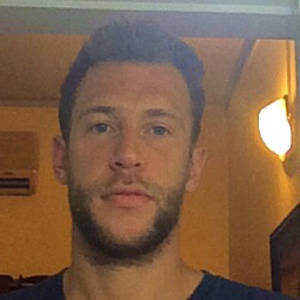Caught on camera
Which we hope forest elephants and chimps will be. We spent all day scratching around the forest, often definitely not on paths contrary to what our community wildlife team was saying, siting camouflaged cameras in places we hoped wildlife would be passing through. All camera trapping projects face problems with theft and destruction as people operating in the forest, especially poachers, believe any images of them will be passed to the authorities or are being used to spy on them. The concept of silent photography of wildlife for scientific purposes is hard to explain to communities who would devour a chimp leg given half a chance, yet if it is known that these cameras are installed by the government Wildlife Service, people should leave them intact. We have emphasised these messages as much as possible when debriefing with the team and stumbling on random folk in the forest.
We have no interest in passing on images of poachers to the wildlife authorities as the treatment would no doubt be overly harsh. When we retrieve the SD cards and review the images we are looking for baboons and bongo and we simply delete pictures of people.
The gulf between the South Sudanese and British approaches to map reading couldn't be wider. People had likely never seen a map until we started working here, so although they look at them with intrigue, they can never replace their innate knowledge and expertise of moving around from a lifetime of hunting forest antelope, planting teak and cultivating fruit trees.
The local villagers who work with us have lives so interconnected with this forest that their judgement and sense of trail navigation usually win over colonial era maps and our attempts to wave GPS coordinates around.
Here Philip is sitting on a log, making a record of where we've set a camera.

Comments
Sign in or get an account to comment.


